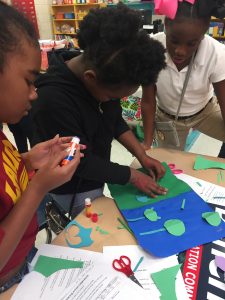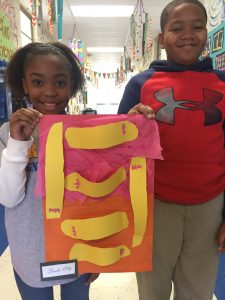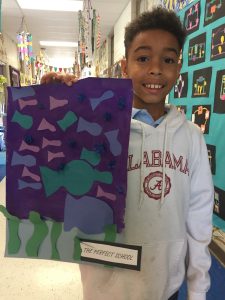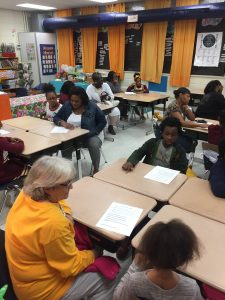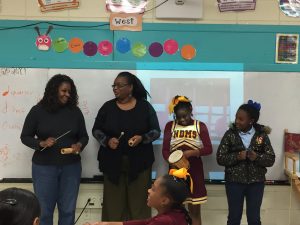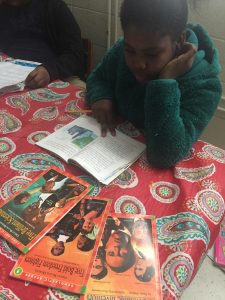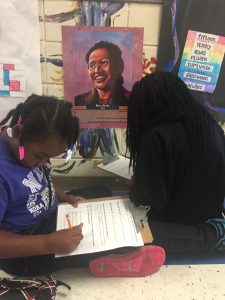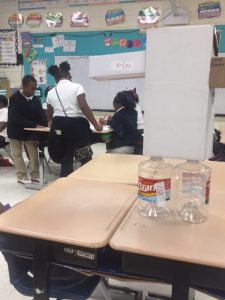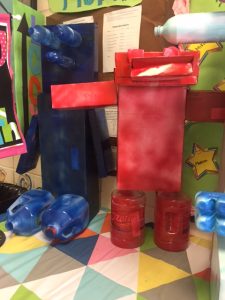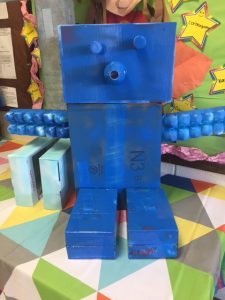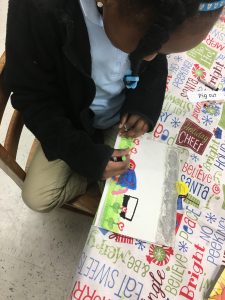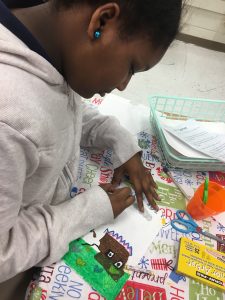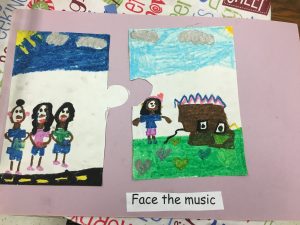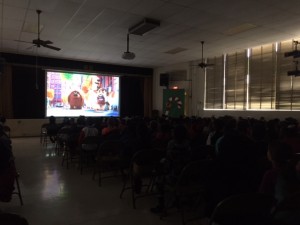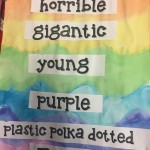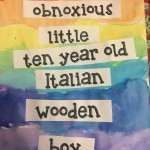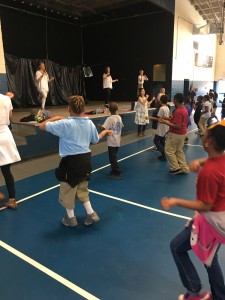Dance Infusion is one of our favorite things in fourth grade. Mrs. Eubanks, the dance teacher, comes in to teach a lesson using dance based on what we are learning in class. We’ll tell you, it’s sooo much better than doing a worksheet.
This week we were learning about the traditional method for figuring out long division. The students learned a song to help them remember the steps to this process. The song was sung to the tune “It’s a Small World,” and was actually a Music Infusion lesson from last year. Here are the lyrics – see if you can get the tune:
Divide, Multiply, Subtract, Bring Down
Divide, Multiply, Subtract, Bring Down
Divide, Multiply, Subtract, Bring Down
Di-vide, Multi-ply, Sub-tract, Bring Down
Mrs. Eubanks then created a dance to go with our song to put movements with the process to aid in remembering those steps. After learning both the song and the dance, students then solved long division problems using the traditional method. The students had to determine how many times they had to go through the process of divide, multiply, subtract, bring down. The students then performed the song and dance for the class to illustrate the number of times they went through this process. The class watched to figure out the number for themselves. Here are pictures of our movements below:
DIVIDE

MULTIPLY
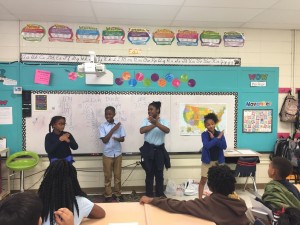
SUBTRACT

BRING DOWN



